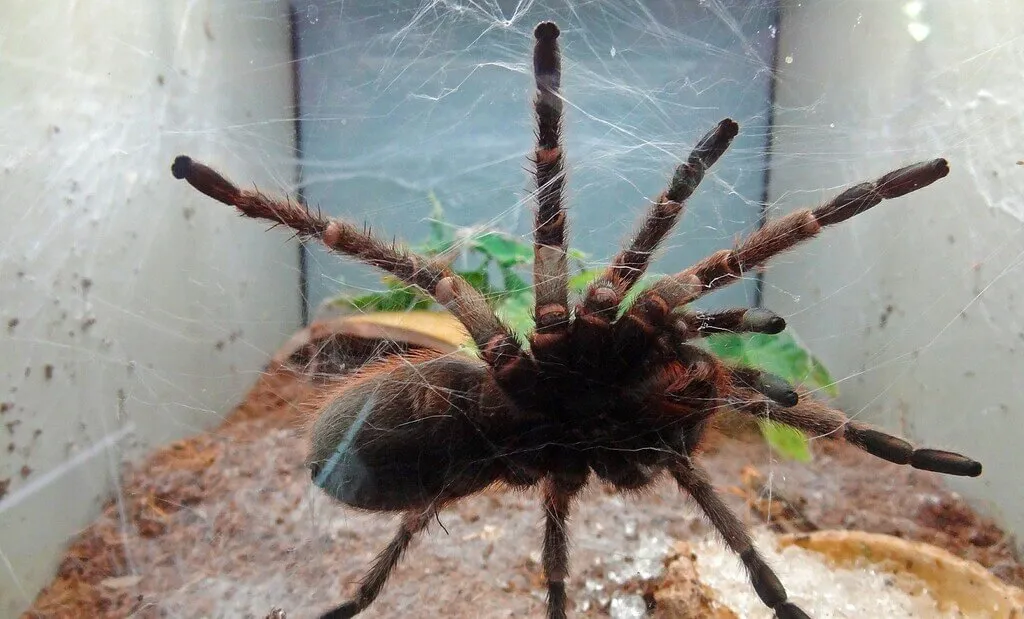The Pink Toe Tarantula (Caribena versicolor) is a captivating species, known for its vibrant colors and arboreal nature. However, observing your Pink Toe on the ground can be concerning. This comprehensive guide will help you understand why this happens, and provide you with the ultimate care tips to ensure your tarantula thrives. Understanding the reasons behind your Pink Toe’s behavior is crucial to providing the best possible care and ensuring its well-being. We’ll cover everything from habitat setup to troubleshooting common issues, equipping you with the knowledge to keep your Pink Toe Tarantula healthy and happy.
Understanding Pink Toe Tarantulas
Pink Toe Tarantulas are a species native to the Caribbean islands, particularly Martinique. They are renowned for their striking appearance, boasting a dark body with vibrant pink or red tips on their toes. These arboreal creatures naturally inhabit trees and elevated locations, using silk to create their nests and webs. Understanding their natural habitat is the first step in replicating it in captivity, which is essential for their health and happiness. By appreciating their origins and natural behaviors, you can better cater to their needs in your care.
Characteristics of Pink Toe Tarantulas
Pink Toe Tarantulas are relatively small to medium-sized spiders, with a leg span that typically reaches 5-6 inches. Their coloration is a key identifying feature, with adults displaying a dark carapace, abdomen, and legs, along with the signature pink tips. Juvenile tarantulas can vary in color, often appearing bluer, and they develop their pink toes as they mature. They are generally docile and not prone to biting, although, like any spider, they may defend themselves if threatened. Their arboreal lifestyle means they are agile climbers, utilizing their claws and setae to grip surfaces.
Why Do Pink Toe Tarantulas Go on the Ground?
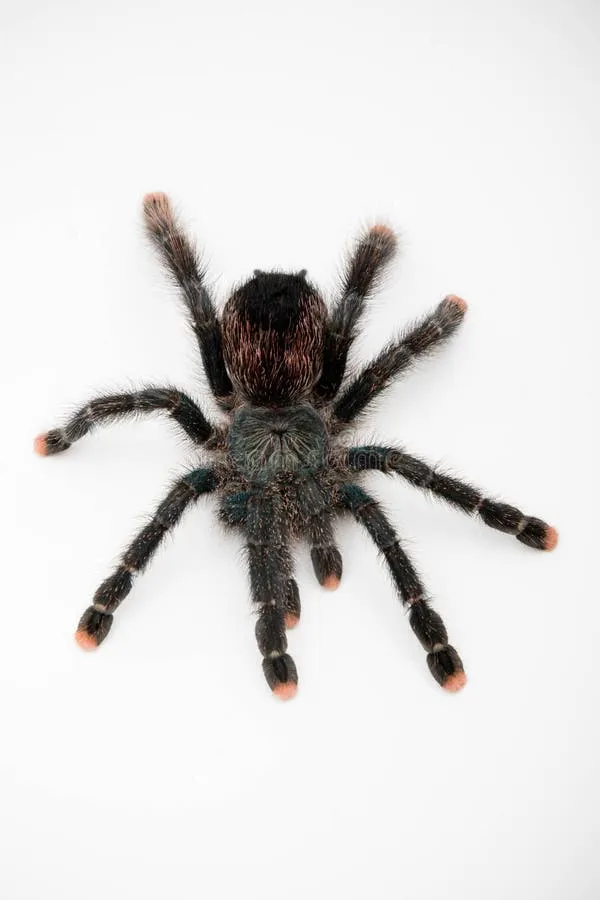
Observing a Pink Toe Tarantula on the ground is not necessarily a cause for immediate alarm, but it does warrant investigation. Their natural inclination is to be in elevated positions, so ground dwelling can indicate something is amiss in their environment. It’s essential to identify the underlying reason to address the issue and ensure the tarantula’s well-being. Several factors can contribute to this behavior, and understanding these will help you provide the correct care and environment.
Potential Causes for Ground Dwelling
Several factors may cause a Pink Toe to spend time on the ground. These may include habitat issues such as unsuitable temperature or humidity levels, overcrowding, or a lack of proper climbing structures. The tarantula might also be stressed, either from a change in the environment, a threat, or a disturbance. Furthermore, health problems can also be a reason for this behavior. A sick or injured tarantula may not have the strength to climb. Molting is another possible cause; during this process, the tarantula will seek a safe, secluded spot and may be on the ground.
Environmental Factors Affecting Behavior
The environment you create for your Pink Toe Tarantula is paramount to its behavior. This includes temperature, humidity, and the availability of suitable climbing structures. The ideal temperature range is generally between 75-85°F (24-29°C), and humidity levels should hover around 70-80%. Insufficient humidity can lead to dehydration and molting problems. A lack of climbing opportunities will also make the tarantula feel insecure, as they are arboreal. Make sure that the setup provides ample climbing space and encourages the natural behaviors of the species.
Creating the Ideal Habitat
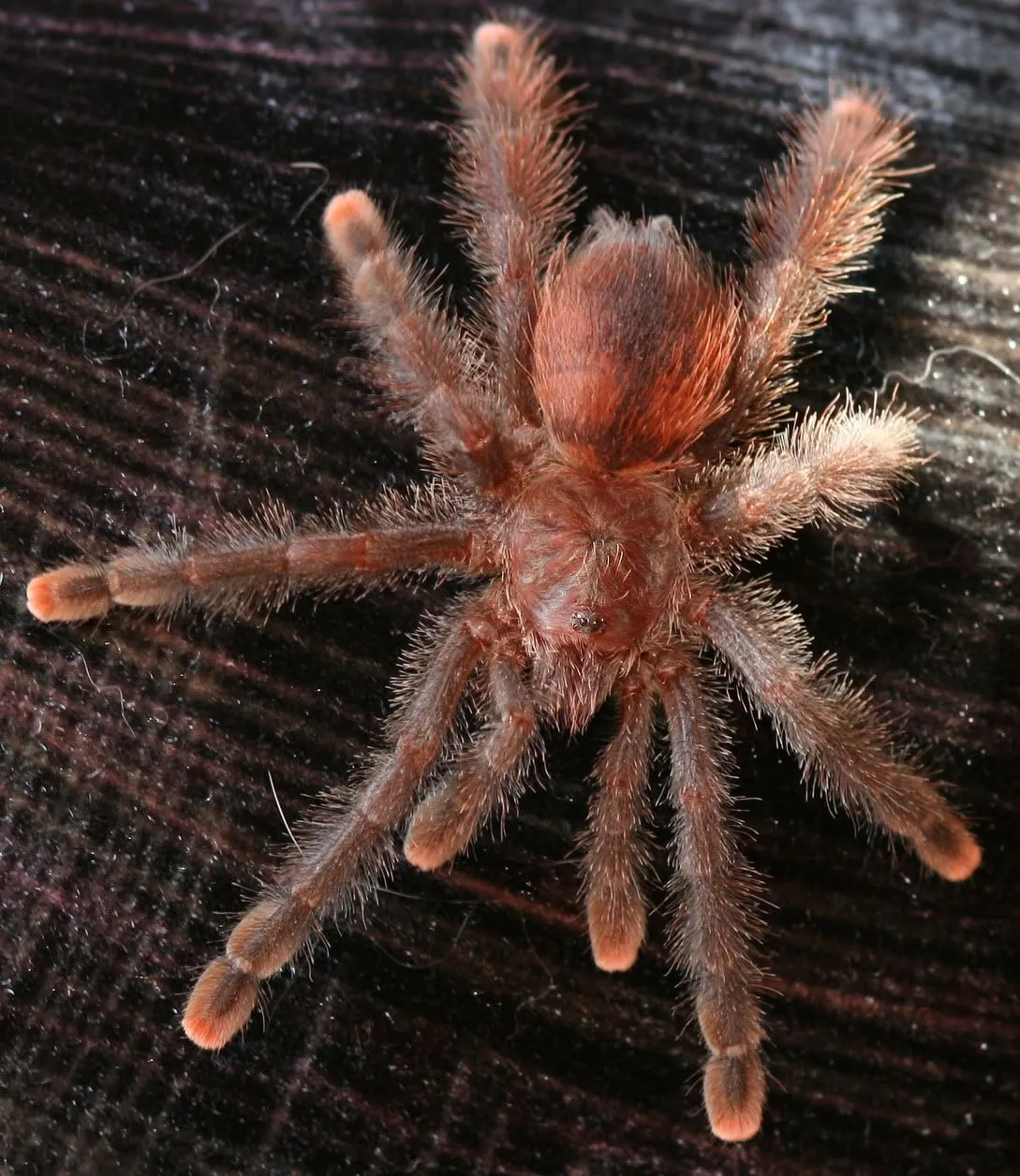
Creating the perfect habitat involves several key elements that replicate their natural environment. The enclosure should be appropriately sized, allowing for enough space to move and climb. A good setup includes appropriate substrate, ventilation, and temperature and humidity controls. Providing suitable climbing structures like cork bark, branches, and artificial plants is critical. An ideal habitat gives the Pink Toe a sense of security. Avoid placing the enclosure in direct sunlight or near a drafty area, and regularly monitor conditions to ensure the tarantula’s health and happiness.
Substrate Selection for Pink Toes
The substrate is an important component of the habitat. It provides a surface for the tarantula to walk on, helps regulate humidity, and can also offer a place to burrow. For Pink Toes, a substrate that retains moisture but also allows for good ventilation is essential. A mix of peat moss, coconut fiber, and a small amount of sphagnum moss is ideal. Avoid using substrates that are too dry or dusty, as they can cause respiratory problems. The substrate layer should be deep enough to provide some humidity regulation, but not so deep that it impedes climbing.
Importance of Proper Ventilation
Good ventilation is crucial for preventing the buildup of stale air and mold growth in the enclosure. Poor ventilation can lead to respiratory problems and other health issues for your tarantula. The enclosure should have ventilation holes or a mesh top to allow air circulation. Ensure that the ventilation doesn’t cause excessive dryness, as this can also harm the tarantula. Regularly check the enclosure for any signs of condensation or mold, which could indicate insufficient ventilation. Proper air circulation helps maintain a healthy and balanced environment, allowing your Pink Toe to thrive.
Temperature and Humidity Control
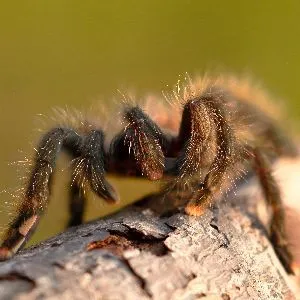
Maintaining the correct temperature and humidity levels is essential for the Pink Toe Tarantula’s health. Use a thermometer and hygrometer to monitor conditions inside the enclosure. A heat mat or ceramic heat emitter can be used to provide supplemental heat if needed, but avoid direct heat sources that could burn the tarantula. Mist the enclosure with dechlorinated water to maintain humidity, especially during drier months. Regular monitoring and adjustments are key to keeping the environment stable and preventing any stress that could lead to ground dwelling.
Feeding and Hydration
A well-fed and hydrated tarantula is more likely to thrive and exhibit normal behaviors. Offering a balanced diet of appropriately sized insects is key. Provide a shallow water dish with fresh, clean water at all times. Proper feeding and hydration are vital for overall health and can address certain behaviors such as ground dwelling caused by dehydration or hunger. Observing your Pink Toe’s eating habits and ensuring it has access to water is a key part of care.
Feeding Your Pink Toe Tarantula
Pink Toe Tarantulas primarily feed on insects such as crickets, roaches, and mealworms. The size of the prey should be appropriate for the tarantula’s size; generally, the insects should be no larger than the spider’s body. Offer food a couple of times a week to juveniles, and reduce the frequency for adults. Remove any uneaten food within 24 hours to prevent mold growth. Vary the diet to provide a range of nutrients, ensuring the tarantula receives a balanced diet.
Providing Water for Hydration
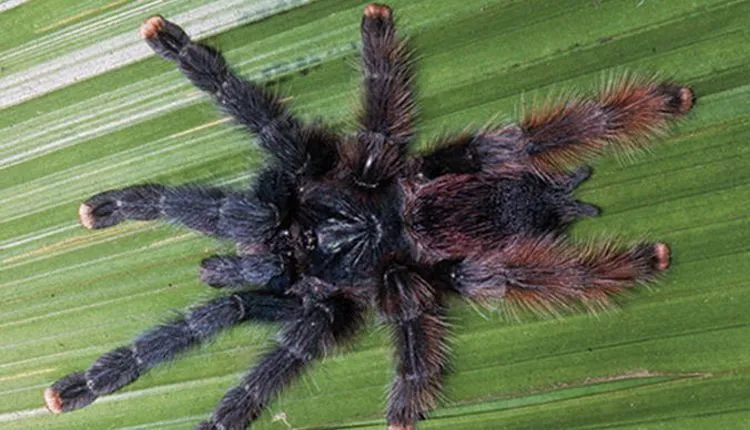
Fresh water should always be available to prevent dehydration, which can stress the tarantula and cause other health problems. A shallow water dish is ideal, and it should be placed in a stable location within the enclosure. Regularly clean and refill the dish with fresh, dechlorinated water. Providing a water source ensures that the tarantula can hydrate as needed, contributing to its overall health and well-being. Dehydration can lead to other health issues, so water availability is of the utmost importance.
Troubleshooting Common Issues
If your Pink Toe is consistently on the ground, it’s important to troubleshoot the potential causes. Start by checking the environmental conditions like temperature and humidity, and ensure they are within the ideal range. Examine the enclosure for any signs of stress, such as drafts, overcrowding, or lack of climbing structures. Inspect the tarantula for any signs of illness or injury. Addressing each of these areas can help you identify the root cause and take steps to correct the issue.
Dealing with Ground-Dwelling Behavior
If the tarantula is on the ground, carefully observe it to assess its condition. If it looks healthy, check the environmental conditions and make necessary adjustments. Provide more climbing structures, ensure the temperature and humidity are correct, and make sure it has access to fresh water and food. Monitor the behavior to see if it improves. If the behavior persists, seek advice from an experienced tarantula keeper or a veterinarian with experience in invertebrate care.
Health Problems & Solutions
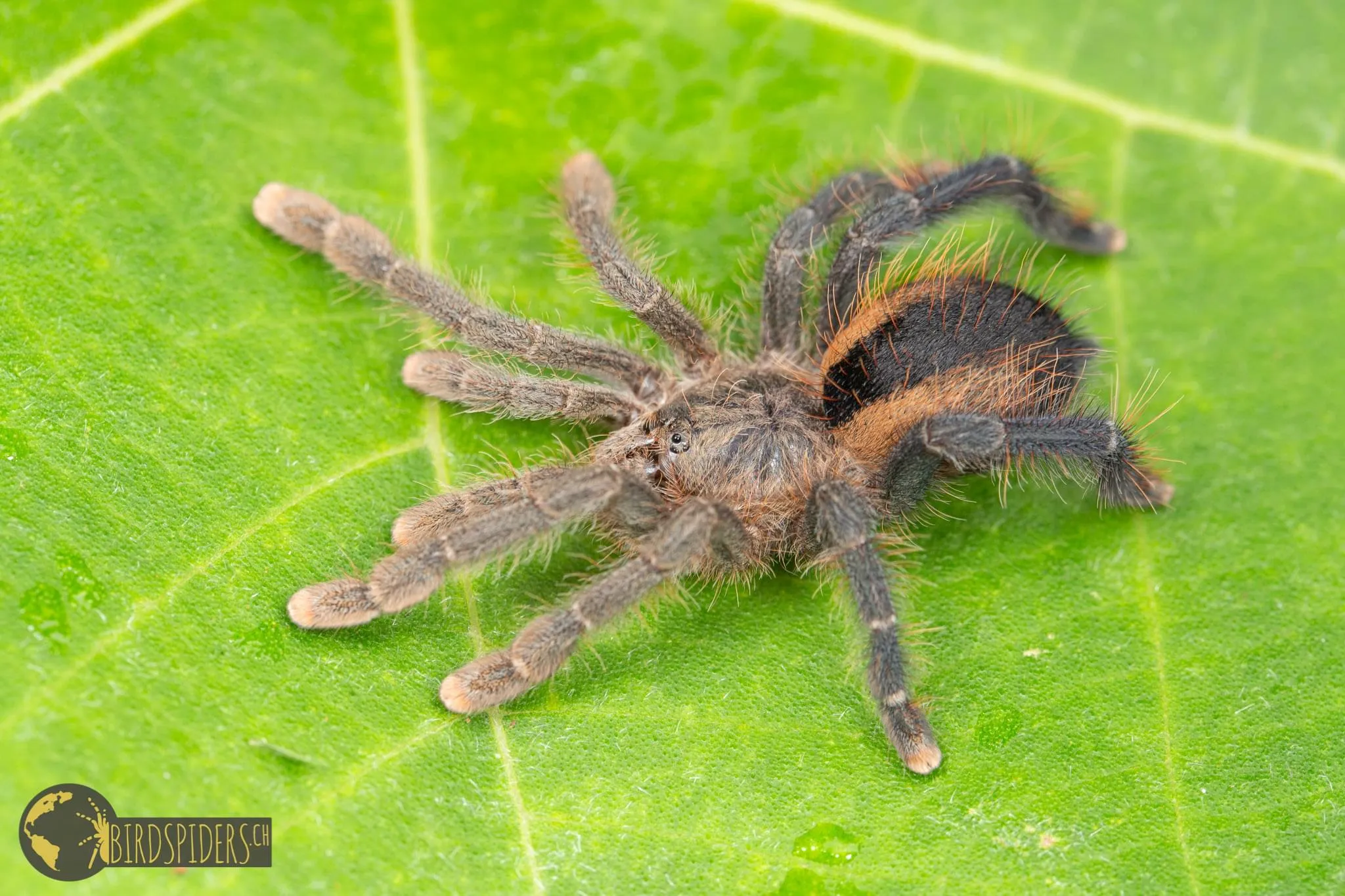
Ground-dwelling behavior can sometimes be a symptom of health issues. Look for other signs of illness, such as loss of appetite, lethargy, or unusual physical appearances. Common health problems include dehydration, parasitic infections, and injuries from falls or impacts. If you suspect a health problem, isolate the tarantula and consult a veterinarian with invertebrate experience. Ensure a clean environment, provide appropriate care, and follow the veterinarian’s advice to help the tarantula recover.
Conclusion
Understanding why your Pink Toe Tarantula might be on the ground is a key component of responsible pet ownership. By recognizing the potential causes, such as environmental issues, stress, or health problems, and by providing the correct care, you can ensure that your tarantula thrives. Regularly monitor the enclosure, provide the right conditions, and observe your tarantula’s behavior. With the right care, you can enjoy a healthy and happy Pink Toe Tarantula for years to come. Proper care provides a better life, ensuring the Pink Toe feels secure and can exhibit its natural behaviors.
